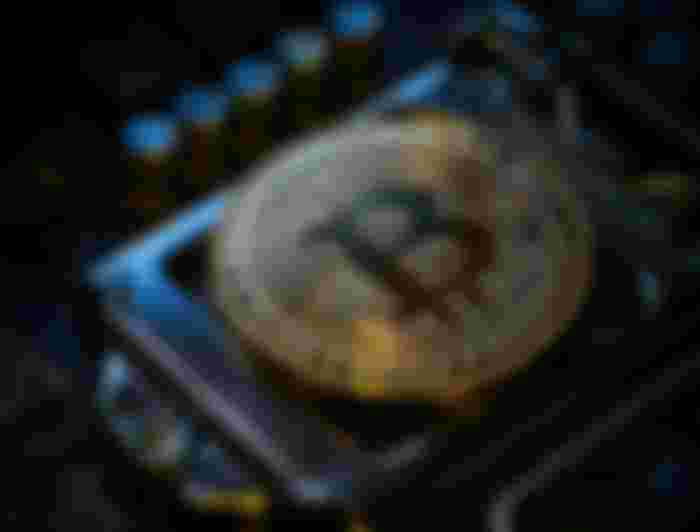The Difference Between Uniswap and SushiSwap

Decentralized exchanges (DEXs) have emerged as vital components of the booming decentralized finance (DeFi) ecosystem, offering users a permissionless and trustless way to trade cryptocurrencies and tokens. Two prominent players in the DEX space, Uniswap and SushiSwap, have garnered significant attention for their innovative approaches to automated market making and liquidity provision. Understanding the nuances and distinctions between Uniswap and SushiSwap is essential for navigating the rapidly evolving DeFi landscape. In this article, we delve into the key similarities and differences between these two platforms, explore their governance structures and tokenomics, and analyze their approaches to liquidity provision and yield farming.
Understanding the Rise of Decentralized Finance (DeFi)
Before we dive into the juicy details of Uniswap and SushiSwap, let's take a moment to appreciate the wild world of Decentralized Finance (DeFi). Imagine a financial system where you don't have to deal with banks or traditional institutions – that's what DeFi is all about. With decentralized exchanges at the forefront, this new wave of finance is bringing power back to the people, allowing them to trade, lend, and borrow without intermediaries. It's like trading stocks in your pajamas, but cooler.
Introduction to Uniswap Protocol
Uniswap is the belle of the DeFi ball, known for its simplicity and user-friendly nature. Launched in 2018, this decentralized exchange runs on the Ethereum blockchain and allows users to swap ERC-20 tokens seamlessly. No sign-ups, no personal information – just connect your Ethereum wallet and start trading. It's like swapping stickers with your friends, except instead of stickers, it's digital money.
Features and Functionality of Uniswap
Uniswap operates on an automated market maker (AMM) model, where trades are executed against liquidity pools rather than traditional order books. This allows for non-stop trading and eliminates the need for buyers and sellers to match up. Liquidity providers earn fees by contributing funds to these pools, making it rain with every trade. Uniswap is like the Robin Hood of exchanges – taking from the rich (fees) and giving to the poor (liquidity providers).
Introduction to SushiSwap Protocol
If Uniswap is the prom queen, SushiSwap is the rebellious kid smoking behind the bleachers. Forked off from Uniswap in 2020, SushiSwap offers a spicy twist on the AMM model by introducing yield farming and governance tokens. SushiSwap's native token, $SUSHI, adds a flavor of community ownership to the platform, allowing users to shape its future. It's like a sushi buffet where you not only eat but also get a say in the menu.
Features and Functionality of SushiSwap
SushiSwap takes things up a notch by incentivizing users to provide liquidity with juicy rewards, making it rain not only with fees but also with additional tokens. Yield farmers rejoice as they cultivate crops of tokens by staking LP tokens in SushiSwap's gardens. Think of it as planting seeds and harvesting crops, but instead of vegetables, it's tokens that grow in value.
Key Similarities Between Uniswap and SushiSwap
While Uniswap and SushiSwap may have their unique flavors, they share a common ground in revolutionizing decentralized exchanges. Both platforms champion accessibility, transparency, and decentralization, giving users the power to trade without borders. So whether you're a Uniswap loyalist or a SushiSwap sushi fanatic, the DeFi buffet has something for everyone. Just remember to bring your appetite for financial freedom and a side of risk-taking.
Key Differences Between Uniswap and SushiSwap
Uniswap and SushiSwap are both popular decentralized exchanges (DEXs) running on the Ethereum network. While they share similarities in their core functionality of facilitating token swaps and liquidity provision, there are key differences between the two platforms that set them apart.
Governance Structure of Uniswap vs SushiSwap
Uniswap initially had a more centralized governance structure, with decisions primarily made by the core team and key stakeholders. In contrast, SushiSwap embraced decentralized governance from its inception, allowing token holders to vote on proposals and shape the platform's future direction. This emphasis on community-driven decision-making has been a defining feature of SushiSwap's governance model.
Tokenomics and Incentive Mechanisms
When it comes to tokenomics, Uniswap and SushiSwap have distinct approaches. Uniswap has its native token, UNI, which serves various functions within the platform, such as governance and fee sharing. On the other hand, SushiSwap introduced its token, SUSHI, as a way to incentivize liquidity providers and drive network participation. The innovative use of token incentives has been a key driver of SushiSwap's rapid growth and adoption.

In terms of liquidity provision and yield farming, both Uniswap and SushiSwap offer opportunities for users to earn rewards by providing liquidity to various trading pools. However, SushiSwap gained popularity for its early adoption of yield farming strategies, such as "SushiBar" staking and reward multiplier programs, which have attracted a vibrant community of yield farmers.
With these key differences in governance, tokenomics, and incentive mechanisms, as well as their distinct approaches to liquidity provision and yield farming, Uniswap and SushiSwap cater to different segments of the decentralized finance (DeFi) ecosystem. Whether you're a DeFi enthusiast or simply curious about the evolving landscape of decentralized exchanges, exploring both platforms can offer valuable insights into the future of decentralized finance.In conclusion, while Uniswap and SushiSwap both contribute to the decentralized exchange ecosystem, each platform offers unique features and characteristics that cater to different user preferences and needs. Whether you are drawn to Uniswap's simplicity and proven track record or SushiSwap's innovative tokenomics and community-driven ethos, both platforms continue to shape the future of DeFi. By understanding the distinctions between these two DEX giants, investors and users can make informed decisions and actively participate in the decentralized financial revolution.
